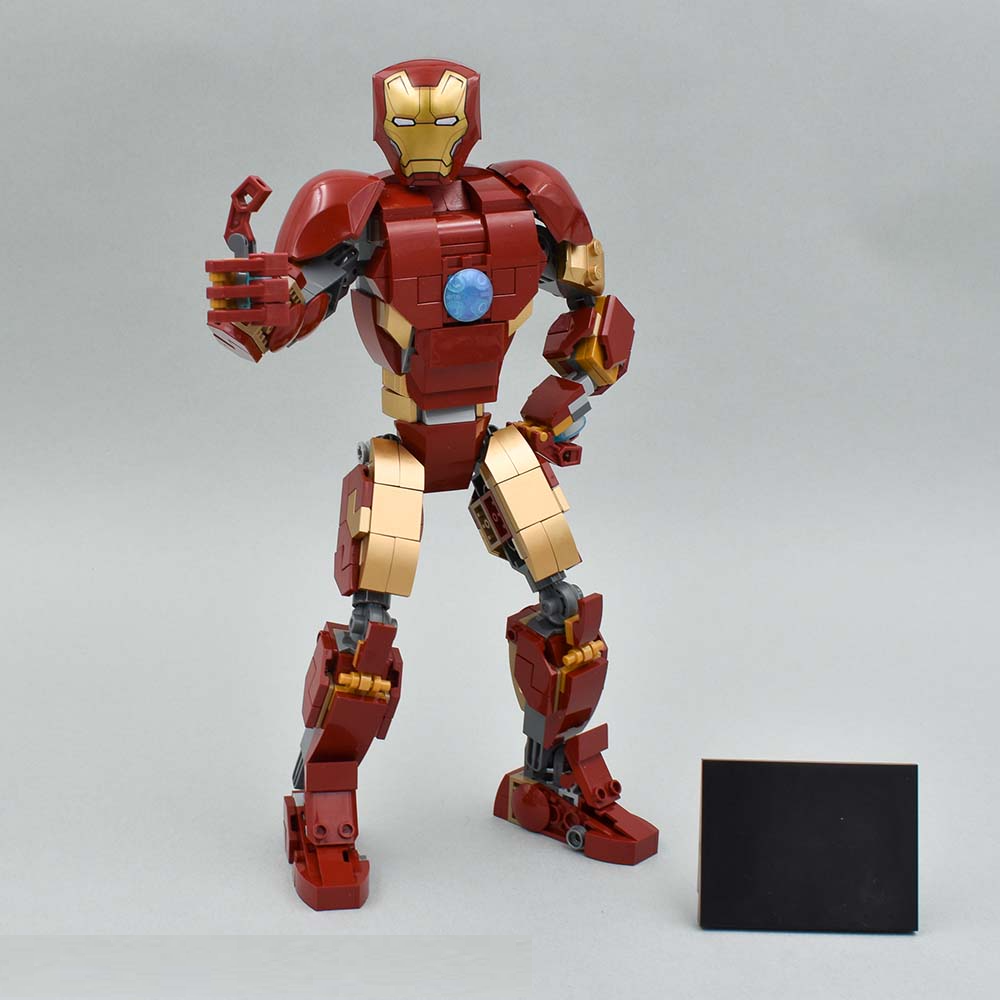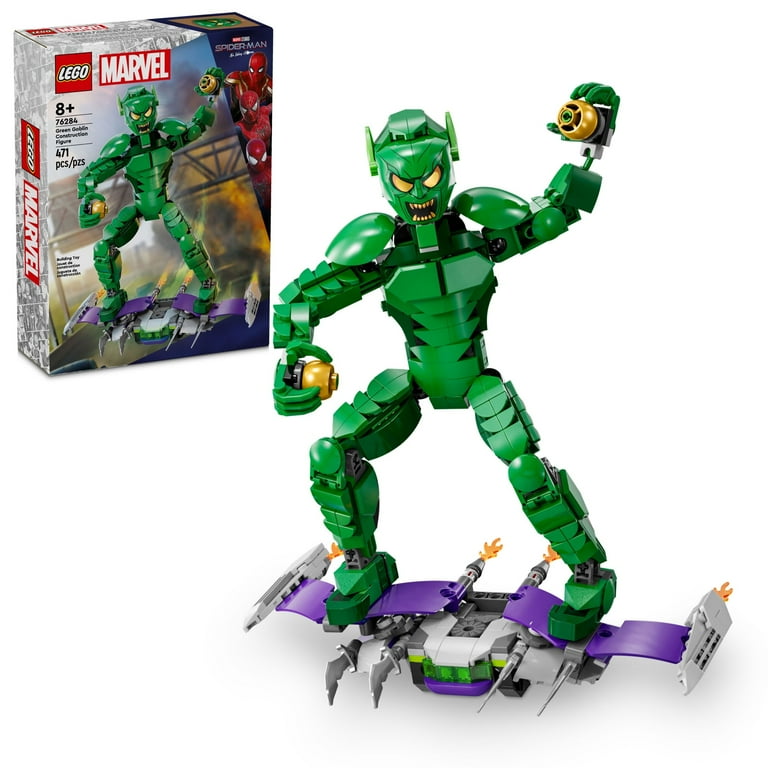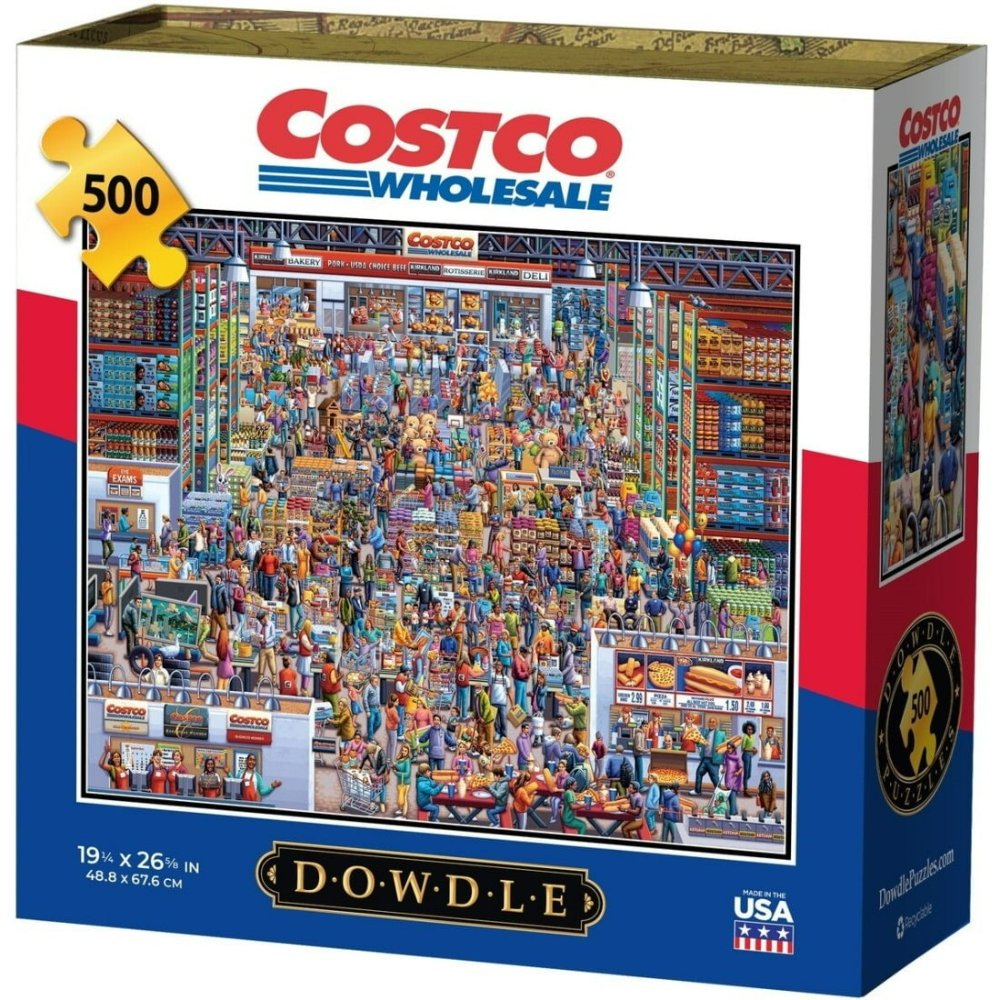A Brief History of LEGO Action Figures
LEGO has long been a beloved brand, known for its ability to let children and adults alike bring their imaginations to life with tiny, interconnecting bricks. While the company was founded in 1932, the iconic minifigure was not introduced until 1978. Before delving into the specifics of action figures, let’s take a brief look at the evolution of these remarkable toys.
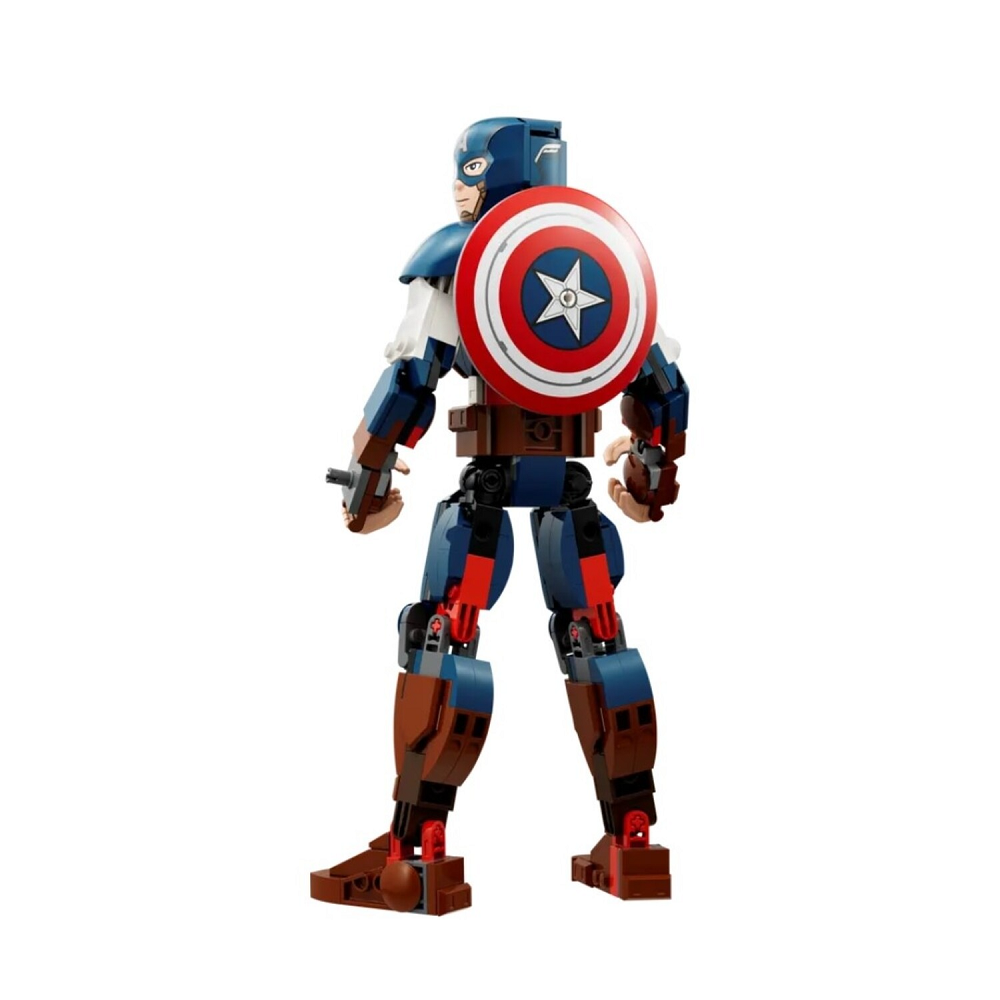
Initially, LEGO focused on simple, generic figures that could fit into any number of play scenarios. This changed in the late 1970s with the introduction of the first LEGO minifigure, which added a human element to LEGO sets. Early minifigures were basic, featuring fixed faces and a limited range of accessories. The first iteration of LEGO action figures was indeed a game-changer but paled in comparison to the complexity and detail available now.
The turning point came during the 1990s when LEGO began securing licenses to produce figures based on popular franchises. This led to the production of minifigures inspired by movie characters, superheroes, and even historical figures. Significantly, the variety allowed LEGO enthusiasts to see their favorite characters in LEGO form, enhancing the brand’s appeal tenfold. With each decade, the detail, articulation, and functionality of these action figures improved, allowing for endless creativity and storytelling possibilities.
What Sets LEGO Action Figures Apart
LEGO action figures stand out for a multitude of reasons, not least of which is their modularity. Each figure is composed of interchangeable parts, meaning arms, legs, heads, and accessories can be mixed and matched freely. This modular design grants a degree of customization rarely seen in traditional action figures. This freedom to innovate is a hallmark of LEGO, enabling users to create entirely unique characters from a basic set of components.
Moreover, these figures often come as part of extensive themed sets that offer a comprehensive play experience. Castles, spaceships, haunted houses, and cityscapes provide backdrops for action figures, allowing for intricate narratives to unfold. These environments are more than mere stages; they are interactive play systems that enable endless storytelling. In addition, LEGO’s attention to detail extends to the accessories, which range from weapons and tools to everyday items like food and musical instruments.
Articulation is another key feature of LEGO action figures. While traditional minifigures have limited movement, newer iterations offer more points of articulation. Some action figures feature movable elbows, knees, and even fingers, making them far more lifelike. This enhanced articulation brings a new layer of dynamism to play scenarios, enabling figures to perform more complex actions, which is crucial for creating engaging stories.
The Variety of LEGO Action Figures
Themed Collections: From Pirates to Superheroes
One of LEGO’s greatest strengths is its ability to capture popular culture within brick form. This is most evident in their themed collections, which are vast and varied. From the high seas to Gotham City, LEGO has ventured into numerous realms, each bringing its own unique set of action figures.
The Pirate theme, for example, has been a staple of LEGO’s lineup since the late 1980s. Pirate figures come with a range of accessories like cutlasses, treasure chests, and parrots. These figures often inhabit intricate ships and island forts, creating ideal settings for swashbuckling adventures. These settings offer countless opportunities for storytelling, turning simple play into elaborate narratives.
Superhero sets are another hugely popular category. Securing licenses from Marvel and DC, LEGO has produced action figures of iconic characters like Spider-Man, Batman, and Wonder Woman. These figures come equipped with unique accessories that match their respective powers and abilities, such as web-slingers for Spider-Man or a lasso for Wonder Woman. Buildings like the Batcave or Stark Tower create immersive environments that allow for infinite heroic scenarios.
Historical themes offer educational value alongside entertainment. LEGO has explored various time periods, from medieval castles to ancient Egypt. Figures in these sets often come with historically accurate weapons and attire, providing a fun way to learn about history. Additionally, sets like the LEGO Architecture series add a layer of sophistication that appeals to both kids and adults.
Specialized Collections: Star Wars and Beyond
LEGO’s collaboration with franchises like Star Wars has resulted in some of the most intricate and beloved action figures to date. The Star Wars line, introduced in 1999, transformed LEGO into a multimedia powerhouse. These figures range from iconic characters like Luke Skywalker and Darth Vader to lesser-known ones like Plo Koon and Ahsoka Tano. Ships like the Millennium Falcon and AT-AT Walkers are meticulously designed, offering Star Wars fans an unparalleled building and play experience.
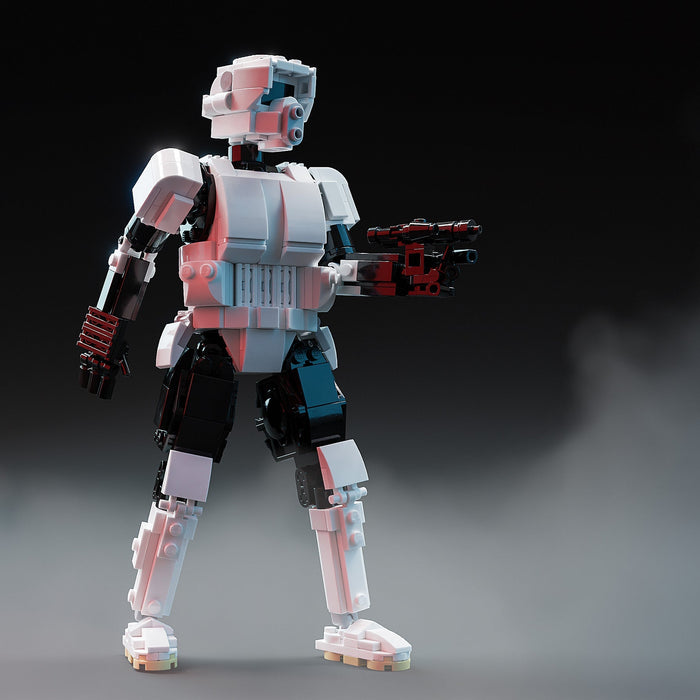
But Star Wars is merely the tip of the iceberg. LEGO has ventured into other prominent franchises like Harry Potter, Jurassic World, and Lord of the Rings. Each franchise brings its own unique elements, from magical spells to prehistoric dinosaurs. For instance, Harry Potter sets often include magical creatures, wands, and spell books, perfectly capturing the essence of the wizarding world. On the other hand, Jurassic World sets are often centered around capturing or escaping from dinosaurs, incorporating an element of danger and excitement.
The Ninjago series, an original LEGO theme, also deserves special mention. Launched in 2011, Ninjago combines elements of fantasy, martial arts, and modern-day technology. The action figures in these sets come with specialized weaponry and gear, from elemental swords to high-tech battle suits. The dynamic settings, such as temple ruins and futuristic cities, add to the immersive experience, making it a standout theme within LEGO’s action figure offerings.
Building and Collecting LEGO Action Figures
The Joys of Building: From Instructions to Free-Building
Building a LEGO set is an experience like no other. The process unfolds in stages, beginning with unboxing and sorting pieces. Each set comes with detailed instructions, guiding builders step-by-step through the construction process. For action figures, this often involves assembling limbs, torsos, heads, and accessories before tackling the larger environment they inhabit.
Follow the instructions carefully, and you’ll soon have a miniature masterpiece before you. However, the real joy often lies in deviating from these guidelines. Free-building involves using standard parts to create custom models and figures. This creative freedom is where LEGO truly shines. Many enthusiasts spend hours designing their own characters and settings, fundamentally altering the figures and accessories to suit their imaginations.
Building a set also promotes numerous cognitive skills, such as problem-solving, spatial awareness, and fine motor coordination. Sorting pieces by type or color helps develop organizational skills, while following complex instructions encourages attention to detail. The tactile nature of the bricks makes the process engaging and can serve as a relaxing, almost meditative activity.
The Collecting Experience: Rarity and Value
Collecting LEGO action figures is a deeply satisfying endeavor that blends the thrill of acquisition with the joy of creation. Some collectors focus on completing themed collections, while others pursue rare and limited-edition sets. The value of LEGO action figures can appreciate over time, making them a worthy investment for serious collectors.
Rarity often drives the value of these figures in the secondary market. Limited-edition figures, often released as part of special promotions or events, can fetch high prices among collectors. For example, the New York Comic-Con exclusives or San Diego Comic-Con sets are highly sought after. Similarly, retired sets become more valuable as their availability dwindles.
Condition is another factor influencing a figure’s worth. Collectors seek figures in mint condition, complete with all original accessories and packaging. Some go to great lengths to ensure their figures remain unscathed, using display cases and other protective measures.
Being part of the LEGO community is another rewarding aspect of collecting. Online forums, social media groups, and conventions offer platforms for collectors to share their experiences, trade figures, and even participate in collaborative builds. The community adds a social dimension to the hobby, making it a richer and more fulfilling experience.
Conclusion: The Everlasting Appeal of LEGO Action Figures
LEGO action figures have transcended generations, captivating young and old alike. Their blend of modularity, detail, and engagement sets them apart from traditional action figures. Whether you are a child piecing together your first set or an adult adding to a prized collection, LEGO action figures offer endless possibilities.
A Lasting Legacy in Entertainment and Education
Moreover, these figures often serve dual purposes. They entertain while also educating, teaching problem-solving and fine motor skills. Historical sets provide a fun way to learn about different time periods, while themed sets spark interest in various franchises, expanding cultural knowledge.
A Bright Future Ahead
The future of LEGO action figures looks promising. With continuous advancements in design, the burgeoning popularity of new franchises, and an ever-growing community of enthusiasts, the scope for creativity and storytelling is limitless. Whether released as part of a collaborative venture with another franchise or introduced as an entirely new concept, LEGO action figures promise to captivate and inspire for years to come.
